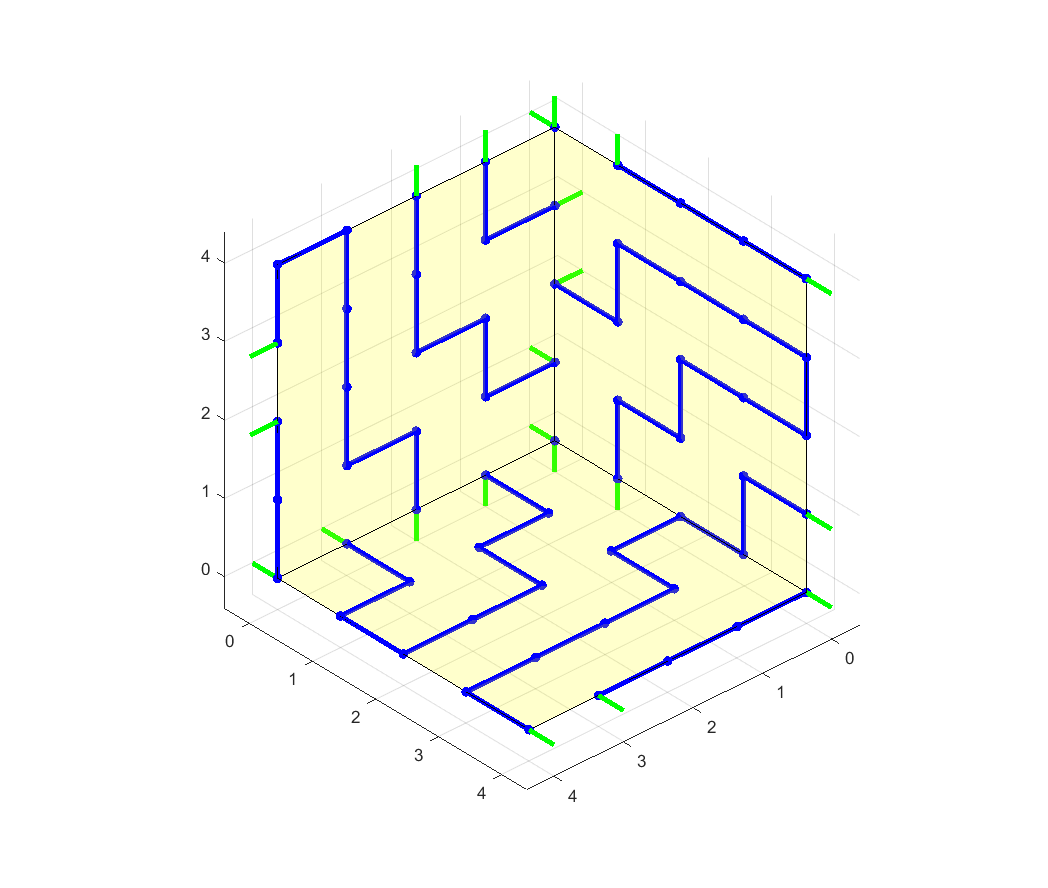Motivation. My youngest son has a bike lock with dials, and he forgot the unlocking combination completely, except that he remembered that digit $0$ appeared somewhere in the combination. So it was my task to go through all the zillions (but, fortunately, finitely many) possible combinations. Which led to the following problem.
Formal statement. Let $n \geq 2$ be an integer, so we have $n = \{0, \ldots, n-1\}$. For any integer $k>1$ let $$V^0_k = \{x \in n^k: (\exists j\in k)x(j) = 0\}, $$ and let two distinct elements $a\neq b \in V^0_k$ form an edge iff there is $j\in k$ such that
- $a(i) = b(i)$ for all $i\in n\setminus\{j\}$, and
- $\{a(j), b(j)\} = \{x, x+1\}$ for some $x\in n-1$, or $\{a(j), b(j)\} = \{0, n-1\}$.
Denote the set of edges by $E_k$.
For what positive integers $k, n$ does the graph $(V^0_k, E_k)$ have a Hamiltonian path? And, if there is a Hamiltonian path, can also a Hamiltonian cycle be found? (The second question doesn't need to be answered for acceptance.)



